In 1984 Vietnamese postal authorities issued a set to honor the 55th. Anniversary of the Vietnamese Trade Union. The 3 Dong value was the second highest denomination in a set of six stamps. Until now the author was not aware of any varieties in this issue, but recently ran across a commercial cover sent in 1985 from a corporation in Hanoi to a transportation company in Bulgaria. The cover is franked with 11 stamps of Scott Nr. 1415 (Michel 1464) with nine stamps in front and two stamps in the back for a total of 33 Dong of postage (Exhibit 1).
Clearly noticeable is the fact that the two stamps of the top right block of four show a big blue cloud, which extends well beyond the black frame of the stamp. The most normal print anomalies in stamp production today are slight imperfections in how the different print colors are matched with each other in a multiple stage printing process. Often, one color is set a bit too high, low, left or right. The result is an imperfect stamp image that sometimes looks a bit odd. However, this is not the case here, as the blue color of the stamp is in the exact same position on all four stamps of the block. Just take a look at the bottom black frame and you will see that the blue color is uniformly about 1 mm above the black frame. Only in the two stamps on the right side of the block of four does the blue cloud extend well beyond the frame at the top. While currently unknown, it is presumed that the same error is repeated in the entire vertical row of the 50 stamp sheet. The stamp was produced by the so called „Offset“ method. This is a flat printing method that is based on the principle that areas to be shown in print are coated to reject water, allowing these areas to pick up print color in the process. Sometimes, small objects (such as hair, paper particles, etc.) floating in the air land on the printing paper as it is pulled into the printing press. These areas then are no longer coated with water and hence pick up color where it should not be. These printing anomalies typically occur on one stamp; and, while unique, are quite common and hence are not catalogued as errors. Again, that is not the case with the 3 Dong stamps in the block of four. Both stanps to the right show an extension of the blue color that is identical and that also looks like a cloud. It is therefore highly unlikely that this print deviation is the result of any random alien objects on the paper. Given that the error appears on two stamps in an identical fashion it is rather likely that the error is already contained on some of the individual images in the printing plate. This is further supported if one looks at the affected areas with a magnifier (Exhibit 2). One can clearly see that the individual pixels that make up the image in an offset-print extend beyond the stamp frame and it is not just an accidental smudge of color that appears like a cloud.
May the author ask viewers to look through their holdings of this stamp, especially if you are in posession of an entire sheet of 50 stamps? Do you also have this stamp showing the „big cloud“? If you own a sheet with the error, on which position of the sheet (with the top left stamp being A1) is/are the errors located?

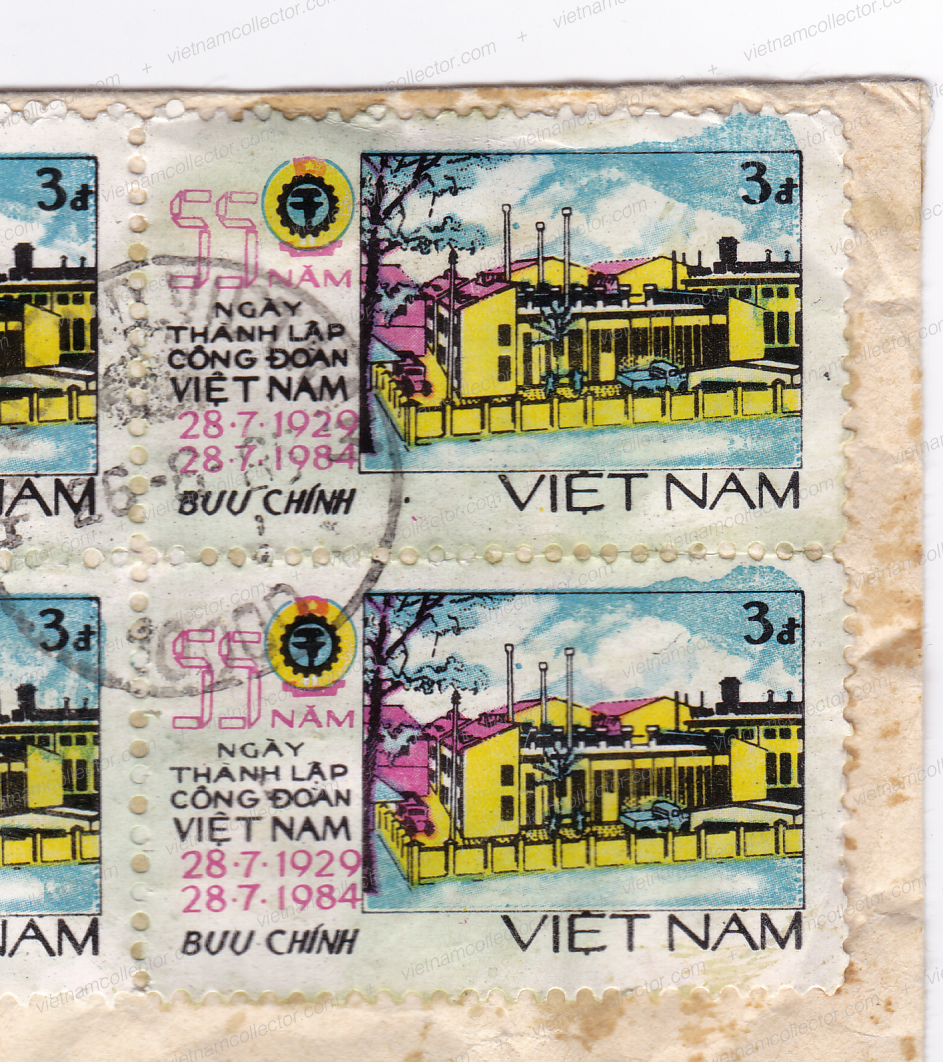
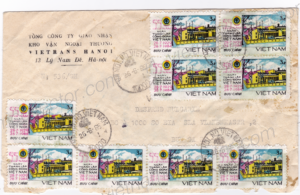
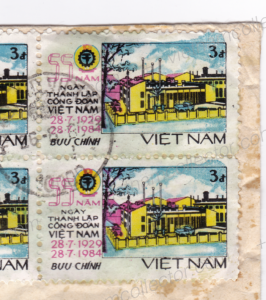

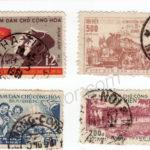

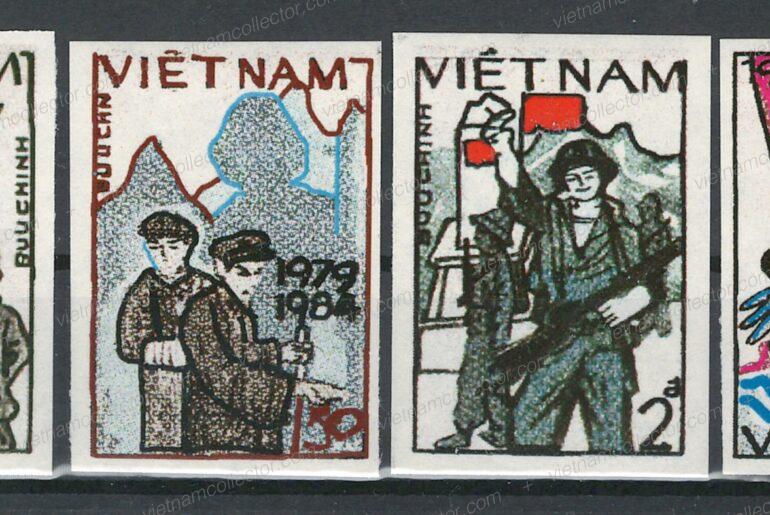
Comments are closed.